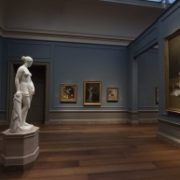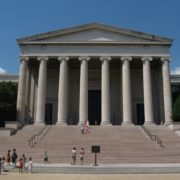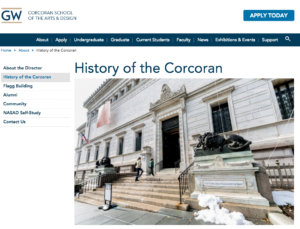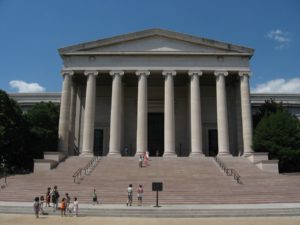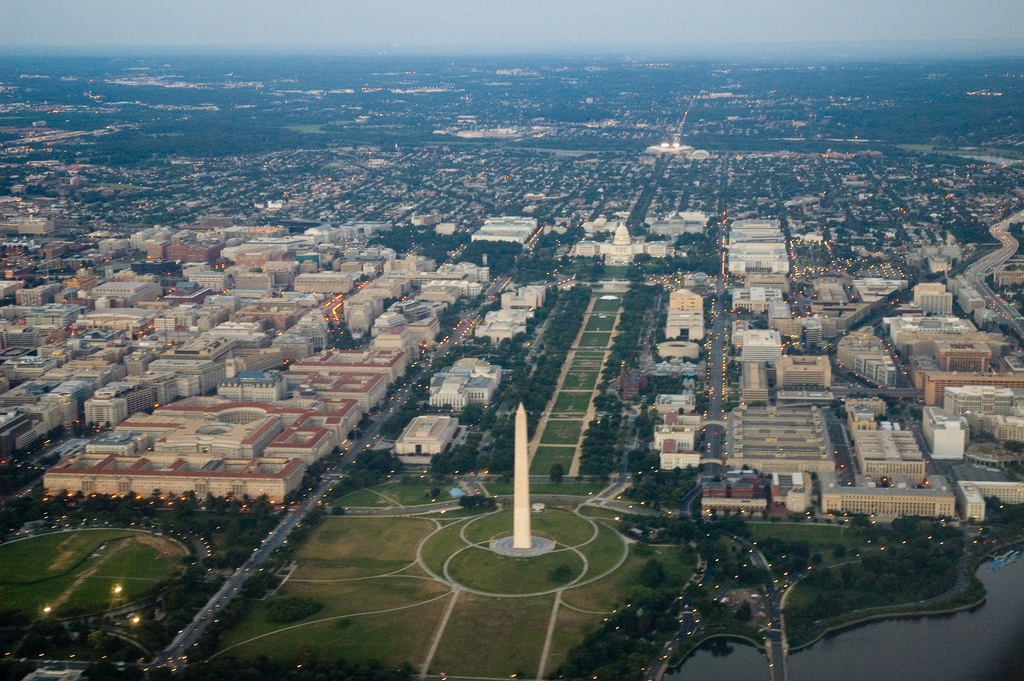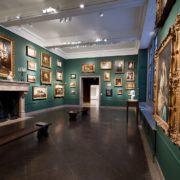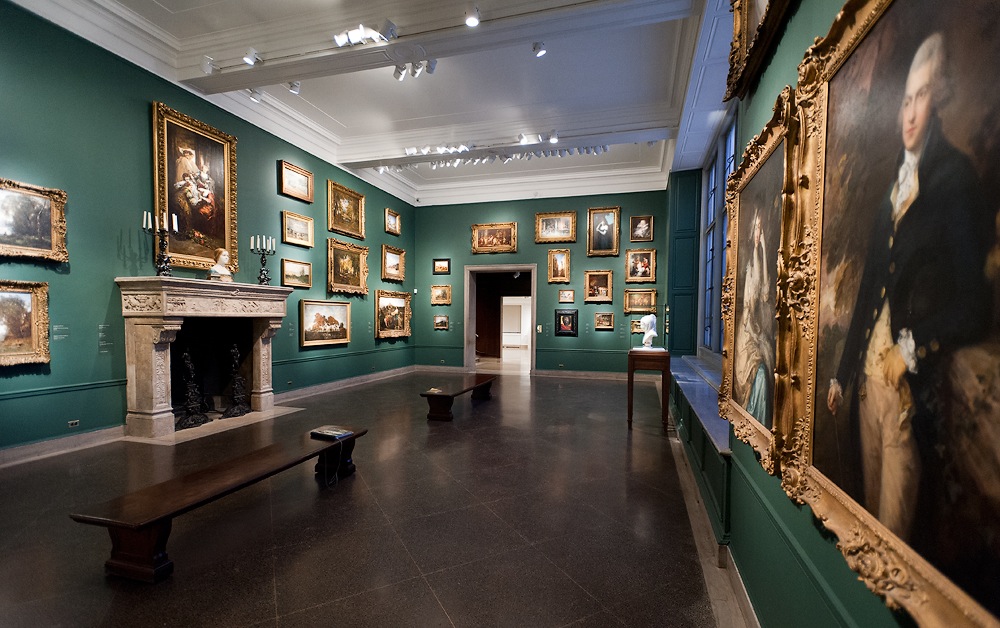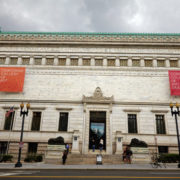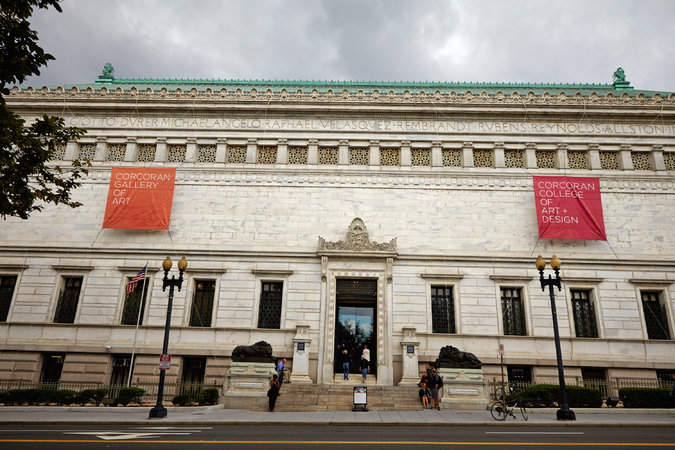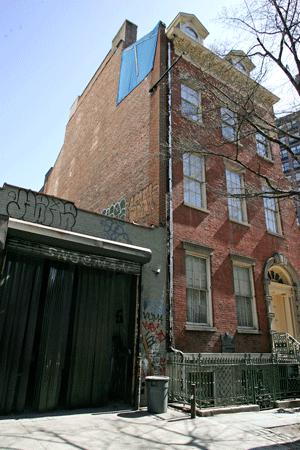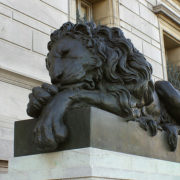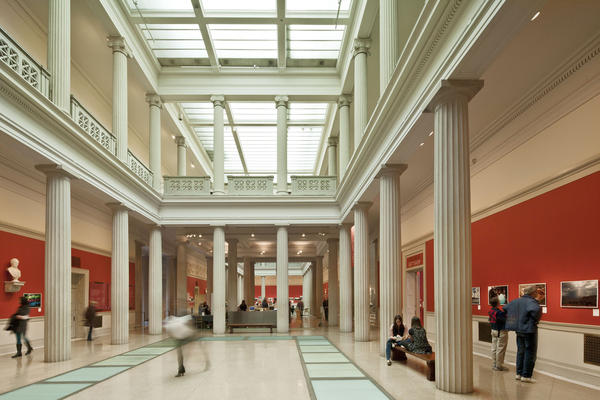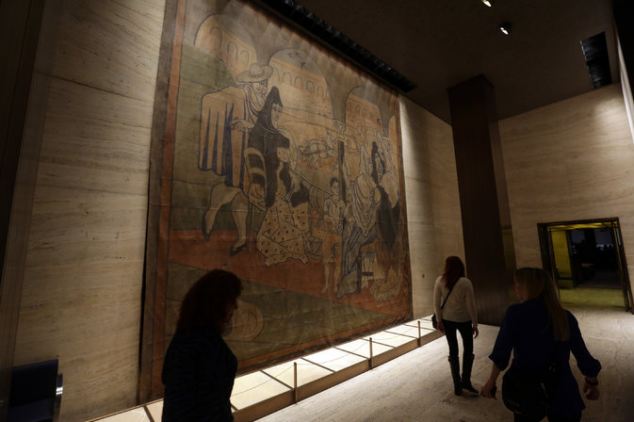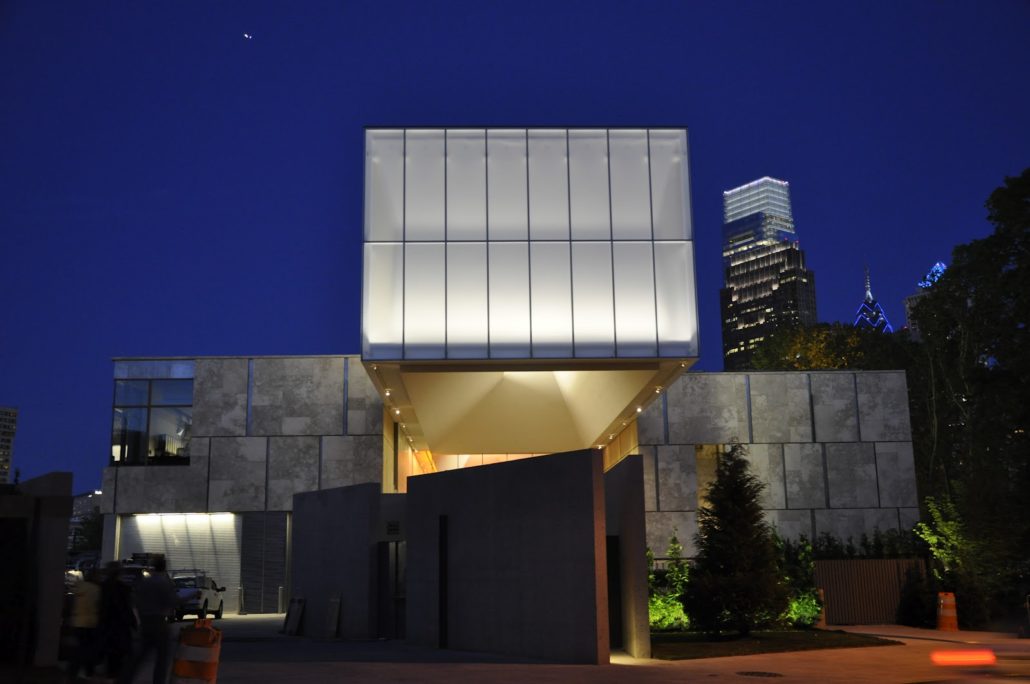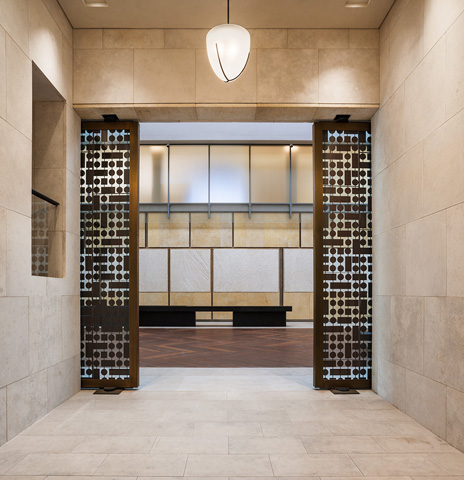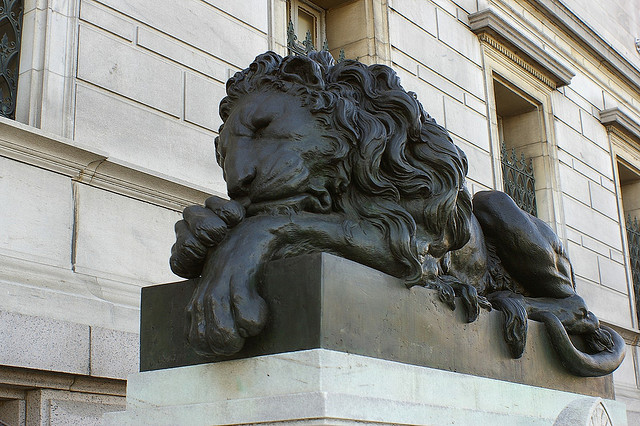Remembering the Consequences of Mishandling Art.
Ruth Osborne
Every so often it is useful – indeed, instructing – to take a glance at the current environment in the art world and see what recent developments show about what the future holds. For ArtWatch, this means considering again the consequences of collections across the country that we have seen dismembered or mishandled over the past few years. We cannot remain in the dark about the damages done to art when its appointed stewards forsake their responsibility. Keeping one eye always open and aware is the key keeping in check the mishandling and greed that always has the potential to consume what unique artistic and cultural heritage has been handed down to us.
Washington, D.C.

Save the Corcoran website
The former Corcoran Gallery and College of Art + Design has been reeling since its dissolution two years ago when the collection was handed over to the National Gallery of Art in Washington and the art students and faculty were brought under the mantle of George Washington University. Both have suffered at the hands of the behemoth institutions that now own them. Corcoran College faculty and students are experiencing a culture clash as GW, a primarily research-led university, enforces curriculum changes and struggles to connect with the non-capitalist-driven founding principles of the College. Faculty did not even review student portfolios for its first admissions process with GW. Relates one student: “At one point, a career counselor went into a Corcoran class and told students that art was a hobby and to look for real jobs.” And just this May, after only 1 school year under GW’s wing, Corcoran professors experienced massive layoffs – over half its faculty – including several department heads. This not only left many students concerned for who would come on next to continue guiding their artistic education, but it also left course listings for this fall’s semester looking rather without direction, as they lacked any named professors for some time. Said one student of the faculty cuts: “This is atrocious on the part of the GW administration and it is not something that should be swept under the rug.”
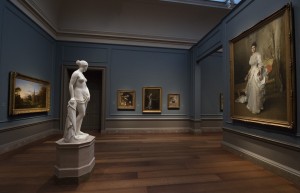
Corcoran Collection installed at the NGA 2015. Courtesy: Molly Riley / AP.
Meanwhile, the 17,000 piece Corcoran collection was removed from its historic landmark Beaux-Arts home of 117 years and sifted through by NGA staff with much secrecy as to what made the cut for accession into their collection and why. Many in the arts world have questioned the NGA’s aims to “fill gaps” in their own collection; while the larger issue has been raised of what it means that one of the first independent museums in the country, with its own unique collecting history under its founder William Wilson Corcoran, to be removed from its unique context and stuck within a larger federally-owned collection. The context of late 19th century American art and collecting, with Corcoran’s own relationships with artists and dealers, is lost. The personality of the collection, its social and economic context, is harder and harder for the viewer to grasp at.
Wilmington, DE
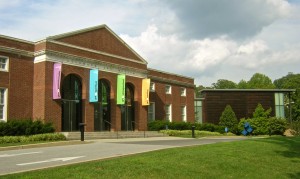
Delaware Art Museum
The Delaware Art Museum, founded in 1912 with the one of the nation’s most extensive Pre-Raphaelite Brotherhood collections, in addition to that of Brandywine River School and Ashcan School artists, has gone through several deaccession sales and a blacklisting by the American Associations of Museums in an attempt to pay debts on their 2005 expansion. Ironically, an upcoming fundraiser for a local non-profit being hosted at the Museum is titled “Now You See It, Now You Don’t”; the evenings program will have guests solve the mystery of a “masterpiece” that has gone missing from the Museum’s walls. Now, the curatorial staff must work under a Board whose respect for the stewardship of a collection and its founding mission is questionable. Meanwhile, the dismissal from the AAM network is not boding well for their line-up of exhibitions and loans from other AAM-accredited institutions, whose previous agreements for collaboration are now invalid. Meanwhile, the pay-off for selling the selected works – one by Alexander Calder, one by Andrew Wyeth, another by Winslow Homer, and another by William Holman Hunt – wasn’t ideal. While the Calder fetched its estimate, the Hunt fell far below what was expected and the Homer and Wyeth were forced to sell privately. Though it has been over a year since the last two were sold, their prices remain undisclosed, even after inquiry by ArtWatch. Their most recent financial report relates that the second two deaccession sales yielded $9.5 mil in proceeds, so, considering the $4.25 ($4.9 with premium) brought in by the Hunt and the $10.6 mil brought in by the Calder, the Museum still falls at least $5 mil short of their over $30 mil+ deficit. The Museum also received a new CEO and Executive Director this April, Sam Sweet, who, unlike the former CEO and CFO Mike Miller, actually possesses an art history degree (from Columbia). Miller will return to his formerly held position as part-time CFO.

Winslow Homer, Milking Time, 1875. Private Collection (formerly, Delaware Art Museum).
*Interesting side note: Sweet also served as the Corcoran Gallery of Art/College of Art + Design’s COO from January 2008 thru June 2009, a rather short stint just before the cracks in the armor of the now defunct institution were beginning to show in 2011-2012. In fact, the deaccession and sale of 10 paintings from the Corcoran’s collection was announced under his directorship as the first “rare move” in a series of steps “toward refining the museum’s focus and providing funds for purchasing future works.” This announcement came after failed attempts to raise funds for repairs, to rise above its recurring $1 mil+ deficits, and, of course, an “ambitious” $200 mil expansion by Frank Gehry.
Auburn, NY

William Seward House in Auburn, NY. Courtesy: Preservation Association of Central New York.
The Seward House Museum in upstate New York had kept a central painting in the collection – Thomas Cole’s Portage Falls on the Genesee (1839) – in storage for over two years after new owners of the museum, the Emerson Foundation, began to consider its sale in favor of the millions with which it could help spill over into its own pockets. This resulted in a replica of the original painting being left on display in the museum while the original languished in storage while being considered for sale.

Thomas Cole, Portage Falls on the Genesee, 1839. Courtesy: Emerson Foundation / Seward House Museum.
News of its sale has not yet emerged, but a recent inquiry to the Museum staff revealed that it is still in storage and there are no plans to return it to its historic setting in Seward’s home. Meanwhile, one of its popular tours, called “The He(art) of the Seward House”, continues to be offered to visitors, though a central piece in the collection has been potentially forever replaced by a “museum-quality” replica”. According to their website, the tour promises guests a view into “the fabulous and fascinating artwork of the Seward House moves from the backdrop to the foreground in this art-centric tour. Learn how aesthetics framed the world – and home – of the Seward family, as well as which artists and art movements caught their eyes.” Meanwhile, a grassroots group committed to returning the Cole painting to the Seward House reported in March that the New York Attorney General’s office (who had been active in prohibiting the sale of the painting back in 2013) was still ” ‘actively’ involved in the discussion regarding a ‘solution’ to this issue.” We encourage you to write Asst. AG James Sheehan, Charities Bureau Chief (Office of the Attorney General, The Capitol, Albany, NY 12224-0341) in support of returning the original painting to its historic home.
New York, NY
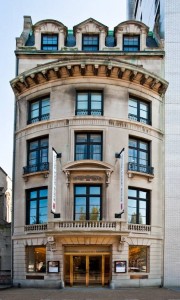
One of the two National Academy Museum buildings on 5th Ave. Courtesy: National Academy Museum & School via Facebook.
The National Academy Museum went through its own deaccessioning crises back in 2009 to pay for general operating expenses and owed debts. That fiasco ended in a loss of two important Hudson River School works, works that marked the basis for the Academy’s founding in 1825 New York City, in addition to sanctions from the American Association of Museum Directors. But only recently was it forced to sell its historic townhouses on 5th Ave. in favor of putting its works in storage until they can settle in a supposedly less-expensive new home. This simply looks like a black hole for the historic collection, which points to a crucial point in the development of the arts in the young United States and which, if broken up like the Corcoran was when it couldn’t support its own up-keep, would lose this value.

